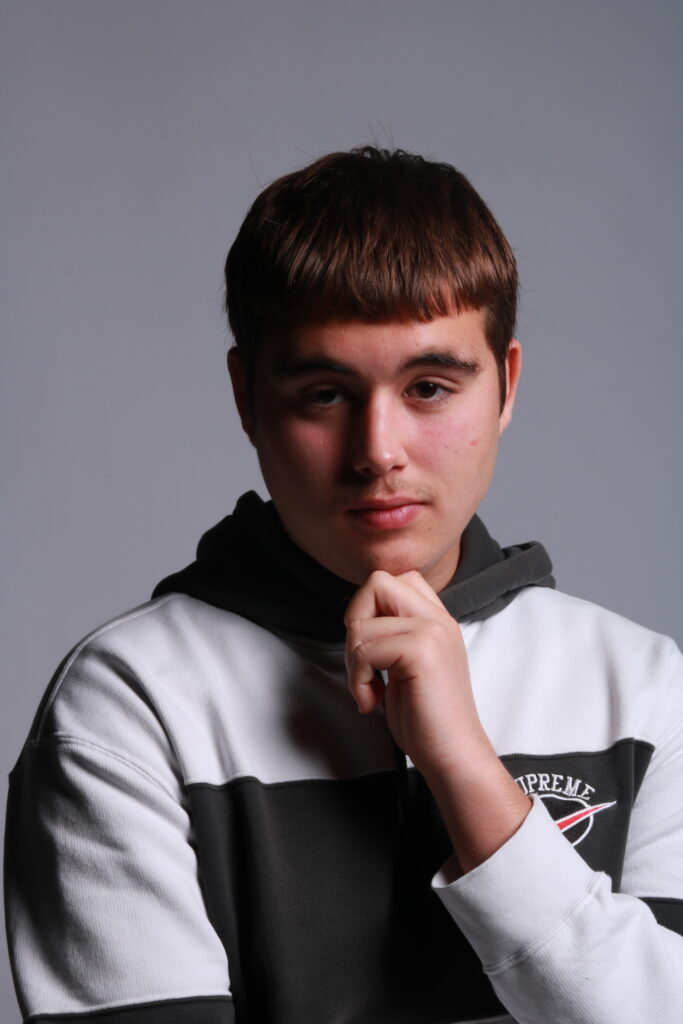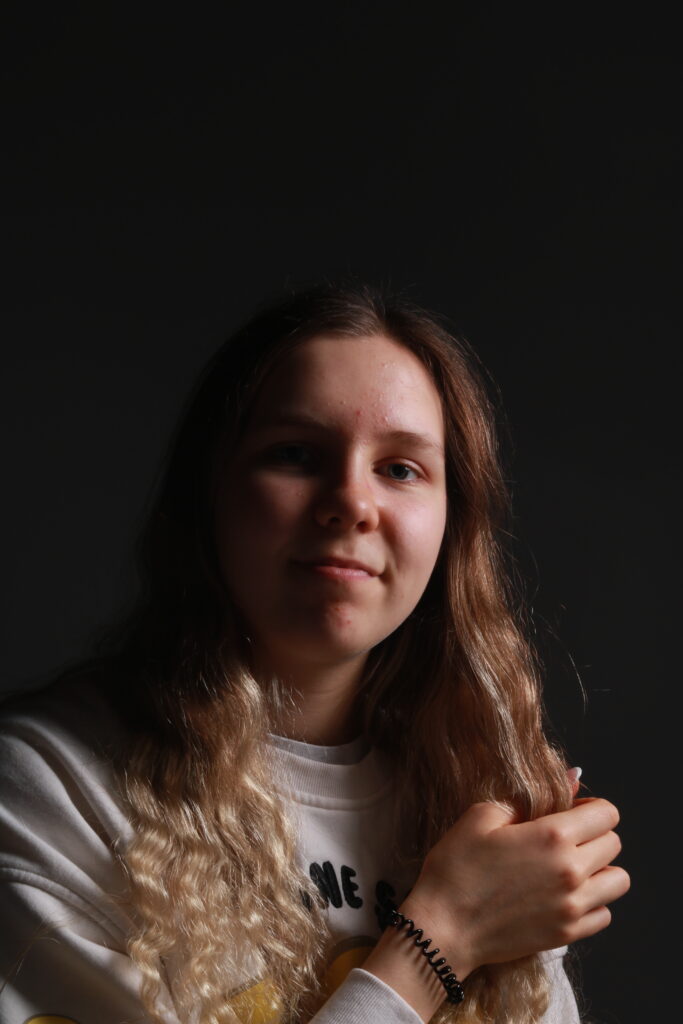What is Rembrandt lighting?
Developing from a Dutch portrait painter, Rembrandt Harmenszoon Van Rijn, it refers to the way of lighting the face in which an upside-down triangle is formed under the eyes with shadows of the subject.
With the invention of spotlights in Hollywood in the early 20th century, Rembrandt lighting in photograph emerged from this as people were able to experience with light artificially instead of relying on it naturally.
Becoming widely used with film stars for promotional material it soon became a well known lighting technique.
Why use Rembrandt?
By using Rembrandt lighting, it creates a interesting shadow and contrast, with the triangle of light being casted on the subjects face.
Drawing in the eye with an interesting lighting technique, the portraits subject is made the main focal point with a shallow depth of field as an additional method helping to achieve this.
Rembrandt can be used with either hard or soft light creating a choice in how the photographer wants to create an individual look on the viewer.
(As seen here).
Hard light

Soft light

(As seen in both images the reoccurring triangle of light below the eye signifies this lighting technique as Rembrandt).
How to create Rembrandt:

Light – By using one singular light source, at an angle of 40 – 45 degrees, placed higher than the subject, this creates the Rembrandt technique.
Lens – A 35mm or 55mm is the best lens types for Rembrandt lighting. 50mm is best for a good depth of field and shallow aperture. 35mm is best for a wider point of view and is able to capture the subject entirely.
Examples of own work:




